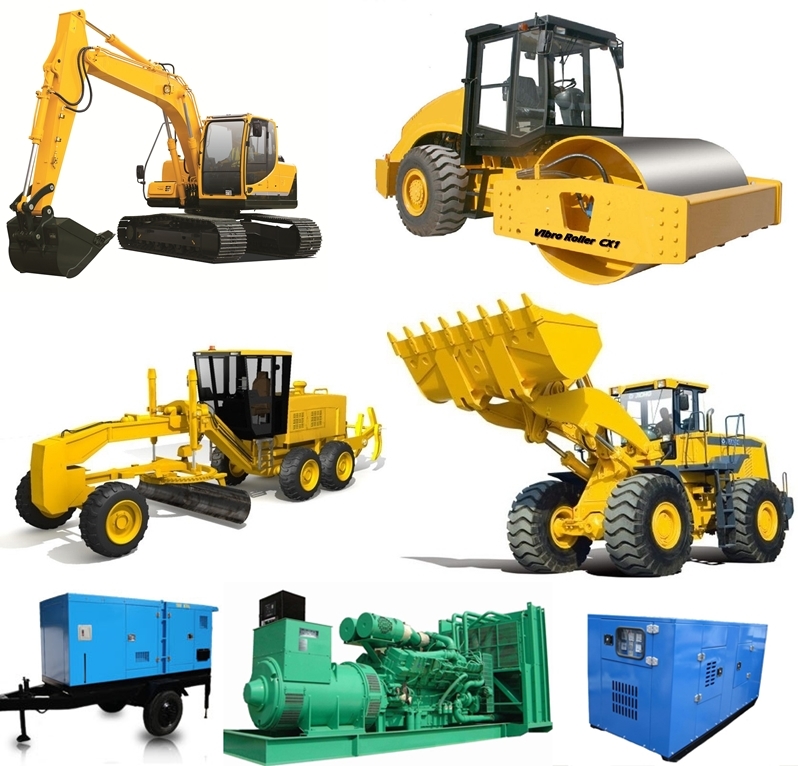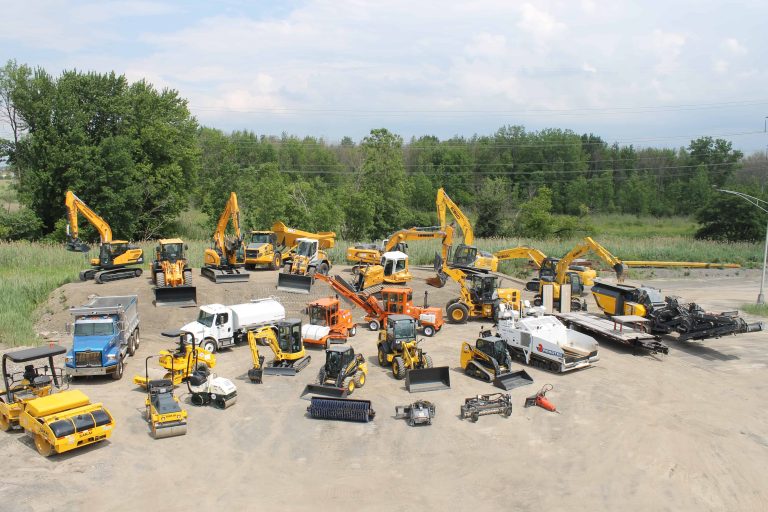Rental Company Near Me: Regional Solutions for Equipment Rentals
Rental Company Near Me: Regional Solutions for Equipment Rentals
Blog Article
Optimize Your Budget Plan by Comprehending the Prices Associated With Building And Construction Tools Rentals
Understanding the complete extent of costs connected with building tools services is vital for optimizing your budget plan. What techniques can be utilized to properly handle these costs and ensure a more effective rental experience?
Review of Rental Prices
When considering building and construction equipment services, recognizing the associated expenses is paramount for efficient budgeting and task planning. Rental expenses can differ substantially based upon a number of factors, consisting of devices kind, duration of leasing, and place. The first rental charge often mirrors the tools's market need and its connected operational capacities, influencing the total expense.
Along with the base rental rate, supplementary expenses might arise, such as transportation charges, gas surcharges, and upkeep charges. It is necessary to account for these extra expenditures to accurately examine the complete cost of renting tools. The rental duration can affect pricing; longer rentals might certify for affordable prices, while short-term leasings may sustain greater day-to-day fees.

Failure of Rental Prices
A thorough understanding of rental prices is necessary for service providers and job supervisors aiming to maximize their budget plans. Rental prices for construction devices typically include several elements, including base prices, time-based charges, and usage fees.
Base prices are the core fees linked with the rental of the equipment, often established by the type and dimension of the equipment. These rates can differ dramatically, influenced by variables such as tools demand, accessibility, and local market trends. Time-based costs, which may be daily, weekly, or monthly, offer to fit different project timelines and rental durations.
In addition, rental rates might consist of use charges, which are relevant when devices is utilized beyond a defined limit, making sure that the rental business can make up damage. Seasonal need changes can additionally affect rental prices, with peak construction seasons generally regulating higher rates.
Additionally, recognizing the rental business's policies relating to upkeep and insurance policy can give more insight into the overall price structure. By examining these elements, specialists can make informed decisions, guaranteeing the option of rental devices straightens with both task needs and spending plan constraints.
Added Costs to Consider
Comprehending the details of additional charges is important for specialists to handle their total leasing expenditures efficiently. Beyond the common rental prices, numerous auxiliary charges can significantly impact the complete expense of equipment rental. These costs usually consist of distribution and pickup fees, which can vary based upon distance and logistics associated with transporting the equipment to and from the job site.
Additionally, backhoe work some rental firms might impose fuel surcharges if the devices is returned with much less fuel than when rented out. It is likewise important to recognize possible cleaning charges, especially for specialized tools that requires extensive upkeep after used compact track loader for sale usage.

Extensively reviewing the rental arrangement and making clear these added fees ahead of time can help service providers prevent unanticipated costs and guarantee that budget plans stay undamaged throughout the project lifecycle.
Upkeep and Repair Expenses
Normal repair and maintenance expenditures are frequently neglected factors that can significantly influence the general cost of construction tools rentals. When renting devices, it is essential to think about not only the rental fees yet additionally the potential expenses related to keeping the equipment in optimum operating condition.
Many rental firms include fundamental upkeep as component of the rental contract; however, a lot more extensive repair services or unexpected malfunctions can cause added expenditures. It's necessary to review the rental contract carefully to recognize what maintenance services are covered and what duties drop on the renter.
Furthermore, devices that is not well-kept can lead to inadequacies on duty site, potentially enhancing and triggering hold-ups task prices. To minimize these dangers, it is suggested to conduct regular inspections and preserve open interaction with the rental service provider regarding any type of issues that occur throughout usage.
Insurance Coverage and Liability Costs
Insurance and responsibility costs are important elements that can significantly affect the overall expenditure of building tools leasings (boom lift rental). These prices make certain that both the rental firm and the client are secured from potential economic losses occurring from accidents, damages, or theft during the rental duration

In addition, clients need to recognize any type of deductibles or exemptions in the insurance coverage policy, as these can influence potential out-of-pocket expenses. Comprehending the terms of any insurance policy protection is vital to avoid unexpected costs. Inevitably, budgeting for insurance and responsibility expenditures can aid make sure a smoother rental experience and protect versus financial dangers related to building and construction projects.
Conclusion
In verdict, a detailed understanding of the expenses linked with building devices leasings is crucial for effective spending plan administration. Ultimately, educated decision-making pertaining to devices leasings adds to the overall success of construction ventures.
Rental prices can vary dramatically based on several variables, consisting of equipment type, period of rental, and area (aerial lift rental). The rental duration can impact pricing; longer services might qualify for reduced prices, while short-term leasings might sustain higher everyday fees
By performing extensive research study and involving with respectable rental business, contractors can effectively navigate the intricacies of rental rates, ultimately maximizing their economic sources.
Beyond the common rental prices, various extra costs can substantially affect the total expense of tools leasing. Rental companies frequently give responsibility insurance policy that covers injuries to 3rd events or damages to property, while tools damage insurance policy can cover the price of repair work or substitute if the leased devices is harmed.
Report this page